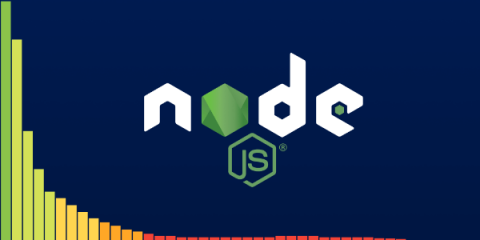Operations | Monitoring | ITSM | DevOps | Cloud
Latest Posts
Part two: 7 must-know object-oriented software patterns (and their pitfalls)
New Raygun JS provider v2.27.0 to support performance timing
A guide to single-page application performance
Best practices for tracing and debugging microservices
Tracing and debugging microservices is one of the biggest challenges this popular software development architecture comes with - probably the most difficult one. Due to the distributed architecture, it's not as straightforward as debugging traditional monolithic applications. Instead of using direct debugging methods, you'll need to rely on logging and monitoring tools, coding practices, specific databases, and other indirect solutions to successfully debug microservices.
The key to secure transmission: TLS in the Raygun ecosystem
Server performance metrics: 11 to consider for actionable monitoring
With the DevOps movement becoming mainstream, more and more developers are getting involved with the end-to-end delivery of web applications, including deployment, monitoring performance, and maintenance. As an application gains more users in a production environment, it’s increasingly critical that you understand the role of the server.
How to measure and improve Node.js performance
Change is the only constant in software, and few languages change like JavaScript. In just the last few years, we've had the rise of TypeScript and React, dozens of new frameworks, and Node.js has brought us over to the server-side. Google's V8, which powers Node.js, is one of the fastest JavaScript engines in existence. In simple benchmarks, well-optimized JS executed by V8 often performs almost at the same speeds as famously fast languages like C++. And yet, Node applications often seem to be pretty sluggish. This post aims to guide you through the process of measuring and improving Node.js performance.











